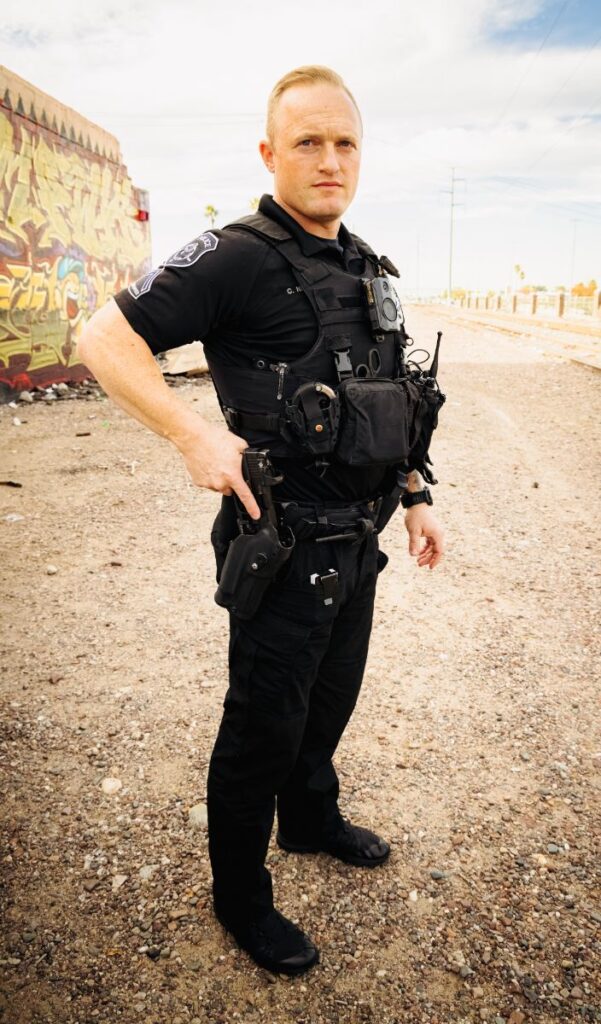TSA and Airport Security Services: Keeping Travellers Safe
At AGP, we provide top-notch airport security services in California. Our goal is to keep travellers safe and ensure smooth operations. We work closely with TSA and other airport teams to protect everyone at the airport.

What Are TSA and Airport Security Services?
TSA stands for Transportation Security Administration. They make sure air travel is safe. Airport security services are all the actions taken to protect people, planes, and property at the airport.
Why is Airport Security Important?
Airport security keeps everyone safe. It stops threats like:
- Dangerous items getting on planes.
- People entering restricted areas.
- Theft or harm to travellers and airport property.
How AGP Helps Airports Stay Safe
We provide skilled security officers who handle:
- TSA Security Checks
- We assist TSA during security screening.
- We ensure no dangerous items get through.
- Runway Security
- We protect planes and runways.
- We stop unauthorized access to restricted areas.
- Transportation Security
- We secure buses and shuttles at the airport.
- We ensure safe travel for all passengers.
What Does a Transportation Security Officer Do?
A transportation security officer works with TSA. They:
- Check luggage for dangerous items.
- Help with security checks for passengers.
- Keep an eye on all airport areas.
AGP’s Airport Security Services
AGP works hard to make airports safe and smooth for everyone. Here’s how we help:

1. Airport Security Checks
We make airport security checks easy and quick for passengers.
- Fast Security Lines: Our team works with TSA to keep the lines moving fast.
- Safe Screening: We check every passenger carefully to stop dangerous items.
- Friendly Assistance: Our staff helps travellers who need guidance during security checks.
2. Runway Protection
Runways are very important areas at the airport. They must stay safe.
- Plane Safety: We guard planes to stop anyone from causing harm.
- Stopping Intruders: Our team keeps unauthorized people away from the runway.
- 24/7 Watch: We protect runways all day and night.
3. Luggage Scanning Assistance
Baggage can carry dangerous items. We help TSA check every piece of luggage.
- Careful Scans: We help scan all bags for weapons or harmful items.
- Extra Attention: We assist TSA with any luggage that needs more checks.
- Quick Process: Our team works fast to avoid delays.
4. Express Airport Security Services
Nobody likes waiting in long lines. AGP makes security faster for travellers .
- TSA Precheck Lines: We help travellers who use TSA Precheck for a faster experience.
- Speedy Screening: Passengers can skip removing shoes and belts with express services.
- Less Stress: Our team ensures travellers move quickly through security without hassle.
AGP ensures that every step at the airport, from check-in to boarding, is safe and efficient. We work closely with TSA to make travel easier and safer for everyone.
Why Choose AGP for Airport Security Services?
- Expert Staff
- Our team is highly trained to work closely with TSA and airport systems.
- We know how to manage airport security checks, luggage scanning, and passenger screening.
- Our experts help ensure that airports follow all safety rules and guidelines.
- 24/7 Service
- Airports are busy around the clock, and so are we!
- Our team is always ready to keep airports secure, whether it’s during the busiest hours or in the middle of the night.
- With 24/7 airport security services, you can count on us anytime, day or night.
- Custom Solutions
- Every airport is unique, with its own layout and security challenges.
- We offer custom airport security services to meet the specific needs of each location.
- From smaller regional airports to large international ones, we create the best security plan for you.
- Quick and Efficient
- Nobody likes long lines, especially at the airport. That’s why we focus on making things quick and smooth.
- Our team ensures TSA security checks are efficient without compromising safety.
- We also assist with TSA PreCheck and express security lines to help travellers move faster.
AGP’s airport security services keep airports running safely and efficiently while making the travel experience smoother for everyone. We are committed to ensuring passengers, staff, and property stay protected every single day.

You should consider continuous 24-hour surveillance if your business:
- Operates in a high-risk area prone to theft or vandalism
- Requires constant monitoring of valuable assets or sensitive information
- Needs to ensure the safety of employees, clients, and visitors at all times
- Is open 24/7 and needs round-the-clock security coverage
Benefits of AGP’s TSA and Airport Security Services
- Better Safety
- We stop threats before they happen, keeping everyone safe.
- Our team works closely with TSA security to make sure no dangerous items get through.
- With airport security at every checkpoint, we make sure both travellers and staff are protected.
- Faster Security Checks
- We help speed up the security check process, so travellers spend less time in line.
- With our support, travellers can get through TSA security checks quickly and easily.
- We help with TSA precheck services and express lines to make airport visits faster.
- Happier Travellers
- Smooth and quick airport security checks make travel less stressful.
- By reducing long waits, travellers can relax and enjoy their journey.
- TSA precheck services let travellers skip some steps, making the process even easier.
- Complete Coverage
- From the runway to the terminals, we cover all areas of the airport.
- We ensure safety not just for passengers but for airport staff and facilities too.
- Our team handles airport security across the entire airport, ensuring everything stays secure.
AGP’s TSA and airport security services help keep everything safe, fast, and stress-free for everyone at the airport. Whether it’s speeding up security checks or protecting important areas, we’ve got it covered.
AGP and TSA Precheck Services
TSA Precheck makes airport security faster. AGP helps manage Precheck lines, so travellers enjoy:
- No need to remove shoes or belts.
- Shorter wait times.
Common Questions About Airport Security
- What is TSA security?
TSA security keeps air travel safe by screening passengers, luggage, and airport areas. - What does a transportation security officer do?
They check luggage, screen passengers, and protect the airport. - What is the name of airport security?
Airport security includes TSA and private security companies like AGP. - What are transportation security officer benefits?
Benefits include helping keep travellers safe and supporting smooth airport operations.
Our Commitment to Safety
AGP works with TSA and airports to protect travellers . Our focus is safety, speed, and service. From check-in to take-off, we are here to help.
Contact AGP for Airport Security Services in California
Need reliable airport security services? Call AGP today. Let’s keep your airport safe and travellers happy!






































